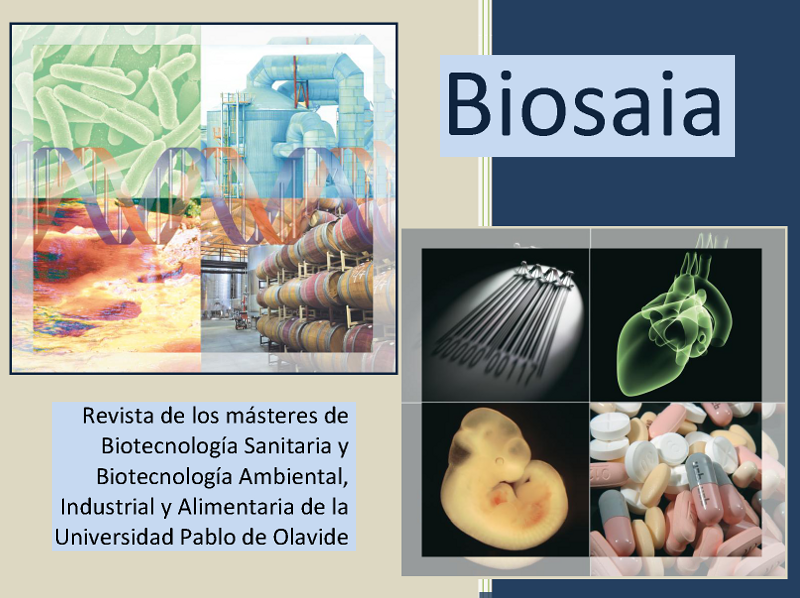Role of FnrS small regulatory RNA in the anaerobic response of Sphingopyxis granuli TFA.
Palabras clave:
fnr; sRNA; Sphingopyxis granuli TFA;Resumen
Motivation: Sphingopyxis granuli strain TFA is a Gram-negative α-Proteobacteria, that belongs to the Sphigomonadaceae family and that was isolated from the Rhine river in Germany (Dorn, E. et al., 1974). TFA is the first of its genus which exhibits the capability to grow under anaerobic conditions using nitrate as a terminal electron acceptor (García-Romero, I. et al.,2016). Non-coding RNAs (ncRNA) are critical regulators of bacterial responses to changes in the environment and achieve refined regulation through base pairing with mRNAs, modulating their stability and/or translation. These potential ncRNAs and their interaction targets have been identified in TFA by RIL-seq. Among them, a sRNA called FnrS is of particular interest since it seems to be induced under anaerobic conditions. The aim of this project is to perform a general characterisation of this sRNA, including its regulatory mechanism and its function under anaerobic conditions.
Methods: First of all, we looked into the growth alteration by microbial culturing and we measured the O.D. (600nm) by spectrophotometry. For this purpose, we compared the growth of wild-type TFA and the fnrS-depleted mutant, in the presence and absence of oxygen. In addition, the level of expression of fnrS and its Fnr dependence, a global regulator of anaerobiosis, were carried out by quantitative PCR.
Results: Both variants of TFA can growth likewise, with a generation time of four hours in the presence of oxygen, and ten hours in anaerobic condition. Concerning the quantitative PCR experiment, fnrS is more expressed in anaerobiosis than in aerobiosis in wild-type TFA, whereas its expression tends to zero in the fnrS-depleted mutant. Moreover, fnrS is expressed 121-fold less in the fnr-depleted mutant than the wild-type TFA.
Conclusions: The sRNA fnrS engages in anaerobic respiration but it is not essential for growth under this condition. FnrS is drastically more expressed under anaerobic condition, and its expression is conditioned by the regulatory proteins Fnr
Descargas
Citas
Dorn, E., Hellwig, M., Reineke, W. and Knackmuss, H. J. (1974) Isolation and characterization of a 3-chlorobenzoate degrading pseudomonad. Arch Microbiol 99, 61-70.
Garcia-Romero, I., Perez-Pulido, A.J., Gonzalez-Flores, Y.E., Reyes-Ramirez, F., Santero, E., Floriano, B. (2016) Genomic analysis of the nitrate-respiring Sphingopyxis granuli (formerly Sphingomonas macrogoltabida) strain TFA. BMC Genomics, 17, 1-15.
Descargas
Publicado
Cómo citar
Número
Sección
Licencia
Derechos de autor 2021 Biosaia: Revista de los másteres de Biotecnología Sanitaria y Biotecnología Ambiental, Industrial y Alimentaria

Esta obra está bajo una licencia internacional Creative Commons Atribución-NoComercial-CompartirIgual 4.0.





